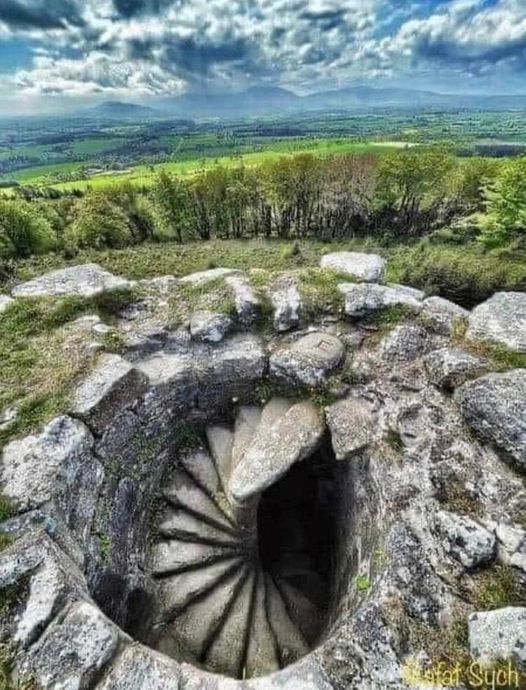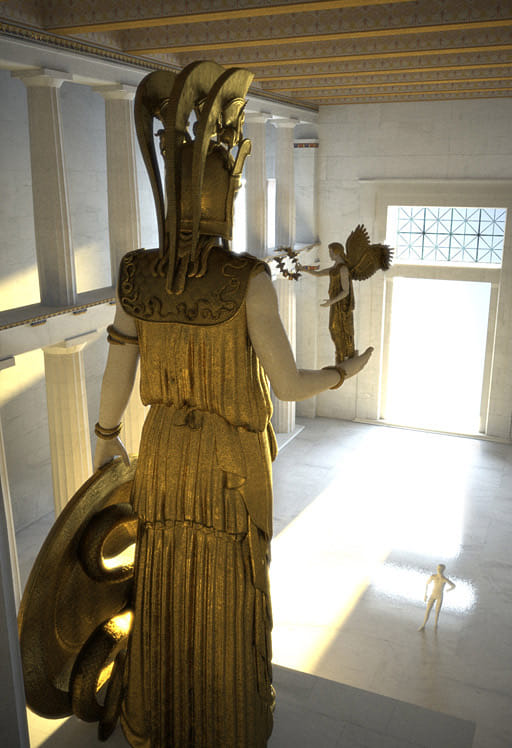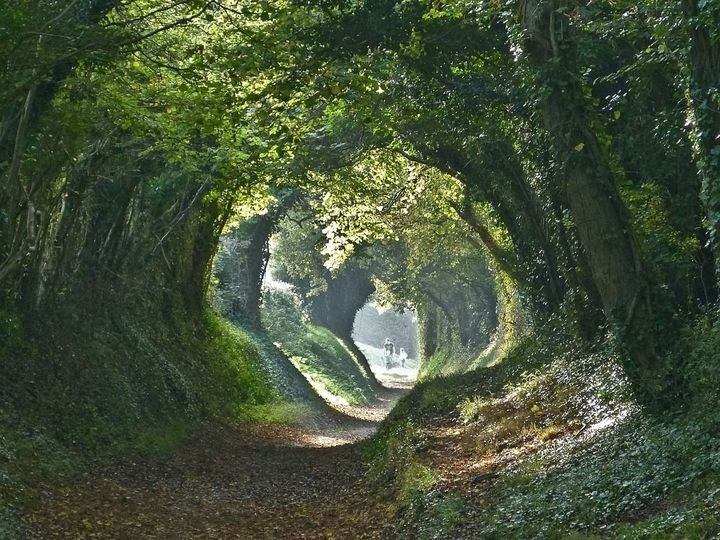In the realm of archaeology, every discovery holds the potential to rewrite history and unveil long-buried secrets of the past. Recently, the world was captivated by the revelation of a remarkable find – the mummy of an extinct bison dating back approximately 36,000 years. This extraordinary discovery, made possible by radiocarbon dating technology, offers a tantalizing glimpse into a bygone era and sheds new light on the fascinating world of prehistoric creatures. Join us as we delve into the story behind this ancient marvel and the insights it provides into our planet's rich biodiversity.
Unraveling the Mystery: The mummified remains of the extinct bison, preserved in remarkably pristine condition, provide a rare opportunity for scientists and researchers to study the biology and behavior of this ancient species. Through careful examination of the specimen's anatomy, genetic makeup, and environmental context, experts can reconstruct the bison's life history and unravel the mysteries of its existence. From its diet and habitat preferences to its interactions with other species, each clue embedded within the mummy's well-preserved tissues offers a window into the past.

Radiocarbon Dating: A Revolutionary Tool: Central to the discovery of the extinct bison mummy is the revolutionary technology of radiocarbon dating, which allows scientists to determine the age of organic materials with unparalleled accuracy. By measuring the decay of radioactive carbon isotopes within the specimen, researchers can establish its chronological placement within the timeline of Earth's history. In the case of the bison mummy, radiocarbon dating revealed an astonishing age of approximately 36,000 years, placing it firmly within the depths of the Pleistocene epoch.

Implications for Science and Conservation: The discovery of the extinct bison mummy not only enriches our understanding of ancient biodiversity but also holds significant implications for modern-day conservation efforts. By studying the ecological dynamics of past environments and the factors that led to the extinction of species like the bison, scientists can glean valuable insights into the challenges facing present-day wildlife populations. Moreover, the preservation of such specimens serves as a poignant reminder of the fragility of life on Earth and the importance of protecting our planet's natural heritage.

The Meaning of Archaeology: At its core, archaeology is more than just the study of ancient artifacts and extinct species – it is a quest to unravel the mysteries of human existence and our interconnectedness with the natural world. Through the lens of archaeology, we gain a deeper appreciation for the complexity and diversity of life on Earth, spanning millions of years of evolutionary history. Moreover, archaeology serves as a bridge between past and present, connecting us to our ancestors and the enduring legacy of their achievements and challenges.

Conclusion: In conclusion, the discovery of the mummy of an extinct bison offers a tantalizing glimpse into the distant past and the wonders of Earth's natural history. From the intricacies of radiocarbon dating to the broader implications for science and conservation, this remarkable find underscores the profound significance of archaeology in unraveling the mysteries of our planet's past. As we marvel at the insights gleaned from the extinct bison mummy, let us embrace the transformative power of archaeological inquiry and the enduring quest to unlock the secrets of our shared heritage.










